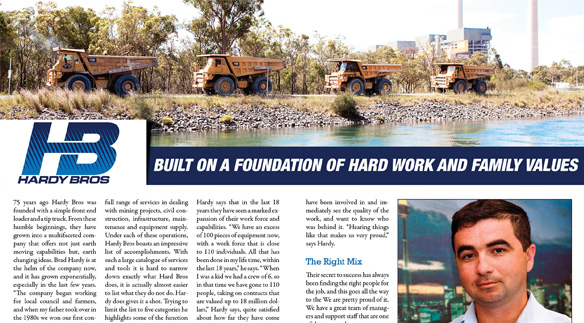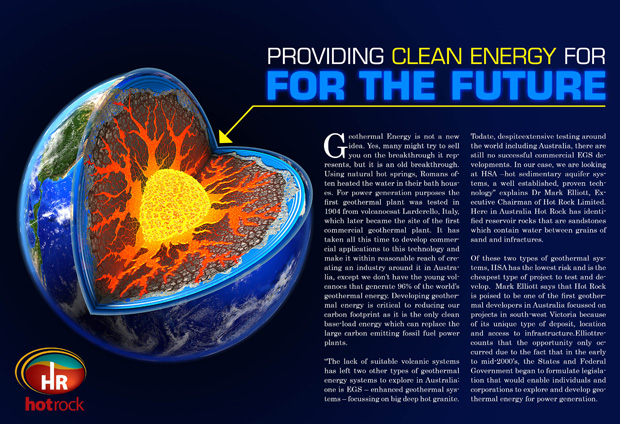The Right Choice for Machine Management Solutions

Imagine trying to play a game of chess. You are sitting in a room adjacent from the one the board is in, there is a curtain drawn across the only window, and all the while you are wearing a blind fold. There is no opponent, but to capture the king, one would have to know where every piece is on the board at any given time. To move a piece you would call out the location and desired strategy. One could know the layout and the rules, but trying to find the right piece at the right time would be a constant struggle. What Automated Positioning Systems (APS) does with its systems and hardware is to remove that very blindfold and draw back the curtain. Not only that, they also give their clients in the mining industry a friend in that room who is constantly calling out the locations of every one of those chessmen. This is a simplification of how their products work, but with almost a decade of experience, the accuracy of their positioning and management systems are second to none. APS develops, designs, and supplies machine managements systems for mobile equipment used in the mining, earthmoving and rehabilitation sectors.
Adam Forsyth, the CEO at APS, has seen the technology that they use change and advance since he joined the company in 2008. When the company started in 2002, much of what they were doing was extremely cutting edge, and only ten years before would have seemed more like science fiction than an industry application for everyday use. “Funnily enough, Australia has been the development centre for the world for this sort of technology,” says Forsyth. “All the players that now do what we call machine management systems started in Australia, or acquired an Australian business, or grew from an Australian company.” He jokes that this innovation is often by necessity. With mine sites that may not be in the most desirable locations, new solutions are always being supplied by businesses and individuals to make the process, faster, more accurate, and more profitable.
Clearing the board
APS is just such a company, he says. Founded in 2002 by Mike Forrest, the company has quickly become recognised for the accuracy and reliability of their systems. Forrest began his career by founding ABS Lasers in 1984, and by 1997 had become Marketing Manager for the laser division of Topcon Positioning Systems. “He founded the company specifically to create machine guidance systems for the mining industry. Like most small companies it did rather well for the first few years, but two years ago the board wanted to bring new management in order to move the company from being a small Australian technology company with only Australian customers, into being a machine management company dealing on a global footing – which is what we do now,” says Forsyth with a bit of pride.
Though they serve multiple industries, Forsyth says that you can really summarize their offerings so that they fit into three product lines. “These are all under the brand mineAPS – which is mining APS – and that is our mobile application. This is software that runs on the heavy machines, and is all developed by us, and is programmed in house. One of the things that we have done to shift the whole paradigm is that we use off-the-shelf technology,” he says. Using an OS base of Microsoft guarantees that anyone can pick up one of their devices and use it. “I would say we are really a software company, but we have specialist hardware that we integrate and is made under OEM arrangements with military suppliers and other bits and pieces.” He says this in almost a passive way, but this means that those using their technology are often using the same systems that are expected to go into battle and save soldiers lives. “Getting the right stuff on the machines is key, but now you need clever software to gather all the information and help make the operators lives a bit easier.”
Accuracy, safety, and?profitability
“What our systems can do is allow you to know the position of any given piece of equipment in three-dimensional space, at any given time within an accuracy of two centimetres,” says Forsyth. “And that’s just where we start. But because we have that high level of 3D positional information, you can apply inferred logic and you can do a lot with it. The productivity gains and the safety gains come about from improving the situational awareness for the machine operator, and it automates the processes related to that.” APS integrates this information in what they call their office suite – the mineAPS Office. “This is all Microsoft based technology again, using the Microsoft SQL server. It’s all Microsoft, Microsoft, Microsoft,” he says. “There are a range of products in those threads, but the third thread that we have is our hardware. We do have some hardware; it is generally unique to APS because we partner with other manufactures, like the military ones, and other rugged areas. We then bring a commercial product into the space.” He says that the impetus for going to the military is because the UI (user interface) design and UE (user experience) have some very similar features and expectations. “You can’t be distracted, you have to work often in remote locations. It’s got to be rugged, and it also has to be easy to repair.”
An example of their concern with UI and UE has been in their selection of touch screen technologies. “At the moment we are using single touch screen systems. We have been exploring releasing a two-finger touch use into the environment, but because, for the most part, the worker isn’t using the computer on the screen, it is working on its own to gather information as needed. You have to be careful not to build a distraction into the system,” says Forsyth. “Single point and touch using conventional touch screen technology meets that criterion very well. The other thing is that the operators tend to be a little bit older, and are not into the iPhone type interface.” He sees that this will change in time, but for now this is the best system. The other advantage to using a resistive touch screen is that operators will not have to remove their work gloves in order to interface with the devices. Even if they shift away from this interface, says Forsyth, the applications they have developed will be unfazed because the only requirement is that they send the correct information to their number crunching software. “It is off-the-shelf technology that we can use to meet the market need,” he says. “We are able to mix and match the hardware because we are not dependent upon it.” Their systems work well on many sites because they handle those working with mixed fleets of equipment. Whereas many other management solutions can only track one type, or display all types under a single code, APS’ solutions give a very good view of multiple machines, doing multiple jobs.
“We are best of breed in machine management solutions. We are not necessarily fleet management, we are not necessarily anything else. But when it comes to a heavy machine and supply technology that makes if safer and more profitable – that’s what we do,” says Forsyth.








